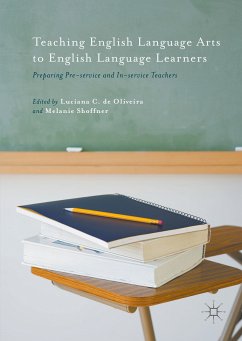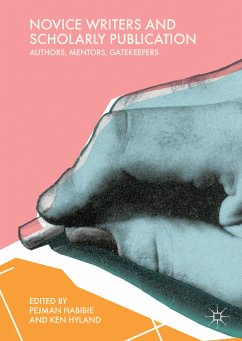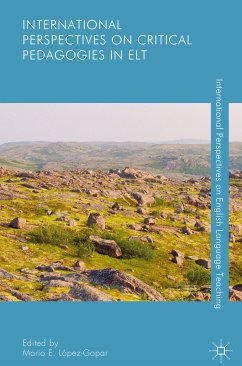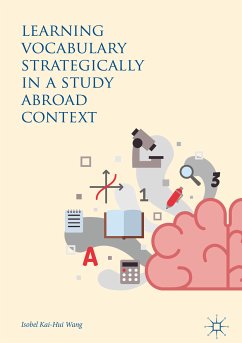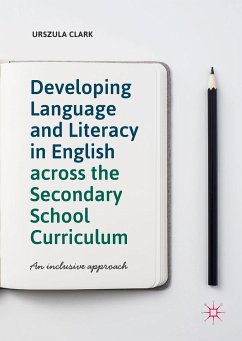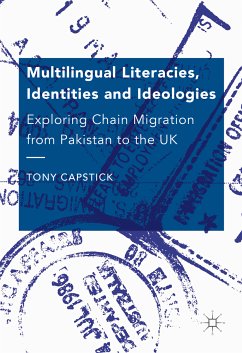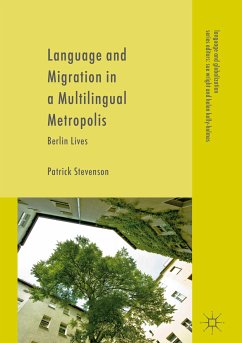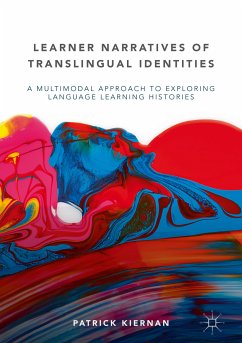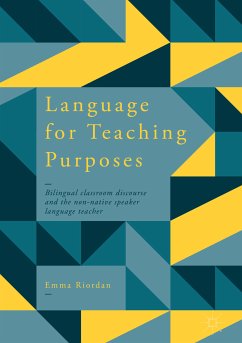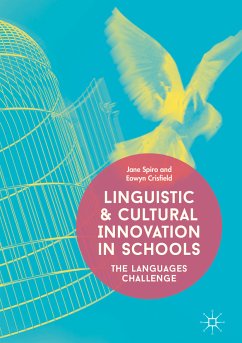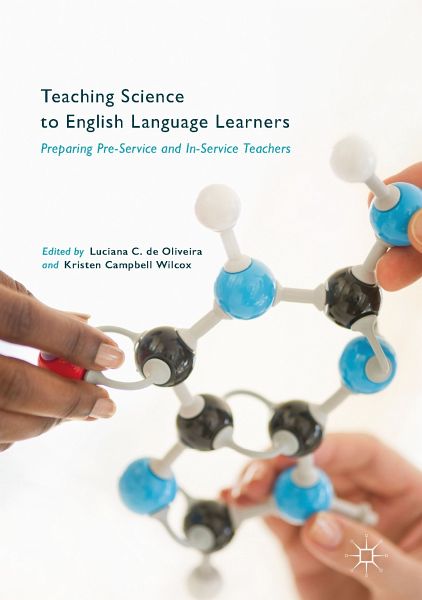
Teaching Science to English Language Learners (eBook, PDF)
Preparing Pre-Service and In-Service Teachers
Redaktion: De Oliveira, Luciana C.; Campbell Wilcox, Kristen
Versandkostenfrei!
Sofort per Download lieferbar
89,95 €
inkl. MwSt.
Weitere Ausgaben:

PAYBACK Punkte
45 °P sammeln!
This edited collection explores how science can be taught to English language learners (ELLs) in 21st century classrooms. The authors focus on the ways in which pre-service and in-service science teachers have developed-or may develop-instructional effectiveness for working with ELLs in the secondary classroom. Chapter topics are grounded in both research and practice, addressing a range of timely topics including the current state of ELL education in the secondary science classroom, approaches to leveraging the talents and strengths of bilingual students in heterogeneous classrooms, best prac...
This edited collection explores how science can be taught to English language learners (ELLs) in 21st century classrooms. The authors focus on the ways in which pre-service and in-service science teachers have developed-or may develop-instructional effectiveness for working with ELLs in the secondary classroom. Chapter topics are grounded in both research and practice, addressing a range of timely topics including the current state of ELL education in the secondary science classroom, approaches to leveraging the talents and strengths of bilingual students in heterogeneous classrooms, best practices in teaching science to multilingual students, and ways to infuse the secondary science teacher preparation curriculum with ELL pedagogy. This book will appeal to an audience beyond secondary content area teachers and teacher educators to all teachers of ELLs, teacher educators and researchers of language acquisition more broadly.
Luciana C. de Oliveira is Chair and Associate Professor in the Department of Teaching and Learning in the School of Education and Human Development at the University of Miami, Florida, USA. Her research focuses on issues related to teaching English language learners (ELLs) at the K-12 level, including the role of language in learning the content areas and teacher education, advocacy and social justice.
Kristen Campbell Wilcox is Assistant Professor in the Educational Theory and Practice Department of the University at Albany, SUNY, USA. A former ESL and EFL teacher in Puerto Rico and Brazil, her areas of research interest have focused on the intersections of language, culture, and achievement among diverse youth.
Luciana C. de Oliveira is Chair and Associate Professor in the Department of Teaching and Learning in the School of Education and Human Development at the University of Miami, Florida, USA. Her research focuses on issues related to teaching English language learners (ELLs) at the K-12 level, including the role of language in learning the content areas and teacher education, advocacy and social justice.
Kristen Campbell Wilcox is Assistant Professor in the Educational Theory and Practice Department of the University at Albany, SUNY, USA. A former ESL and EFL teacher in Puerto Rico and Brazil, her areas of research interest have focused on the intersections of language, culture, and achievement among diverse youth.
Dieser Download kann aus rechtlichen Gründen nur mit Rechnungsadresse in A, B, BG, CY, CZ, D, DK, EW, E, FIN, F, GR, HR, H, IRL, I, LT, L, LR, M, NL, PL, P, R, S, SLO, SK ausgeliefert werden.



